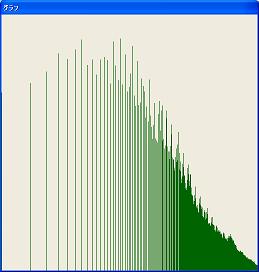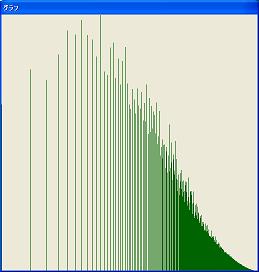|
How Musical Instrument & Tone Influence
Fluctuation |
Various musical instruments are used for the performance of music. Take
orchestra for example, variety of instruments are being used in orchestra, from
instruments that contain low frequency such as contrabasses and horns to other
instruments that contain high frequency such as violin and flute.
Moreover, the performance might be done with single musical instruments like
Chopin's piano piece. Same thing can be said for music box since it is performed
with single musical instruments. When it comes to 1/f Fluctuation, I thought it
is disadvantageous for single musical instruments like the piano because the
strength of the sound should be balanced and extended over a wide frequency
band. But actually, it seems that my thought is not right.
The bottom left figure shows the result of analyzing the first movement of
Mozart's Concerto For Flute & Harp K.299. The bottom right figure shows the
result of analyzing the piano piece of Chopin's Etude. |
  |
|
As a result, "1/f Fluctuation" is possible regardless of
instrument variations. |
|
|